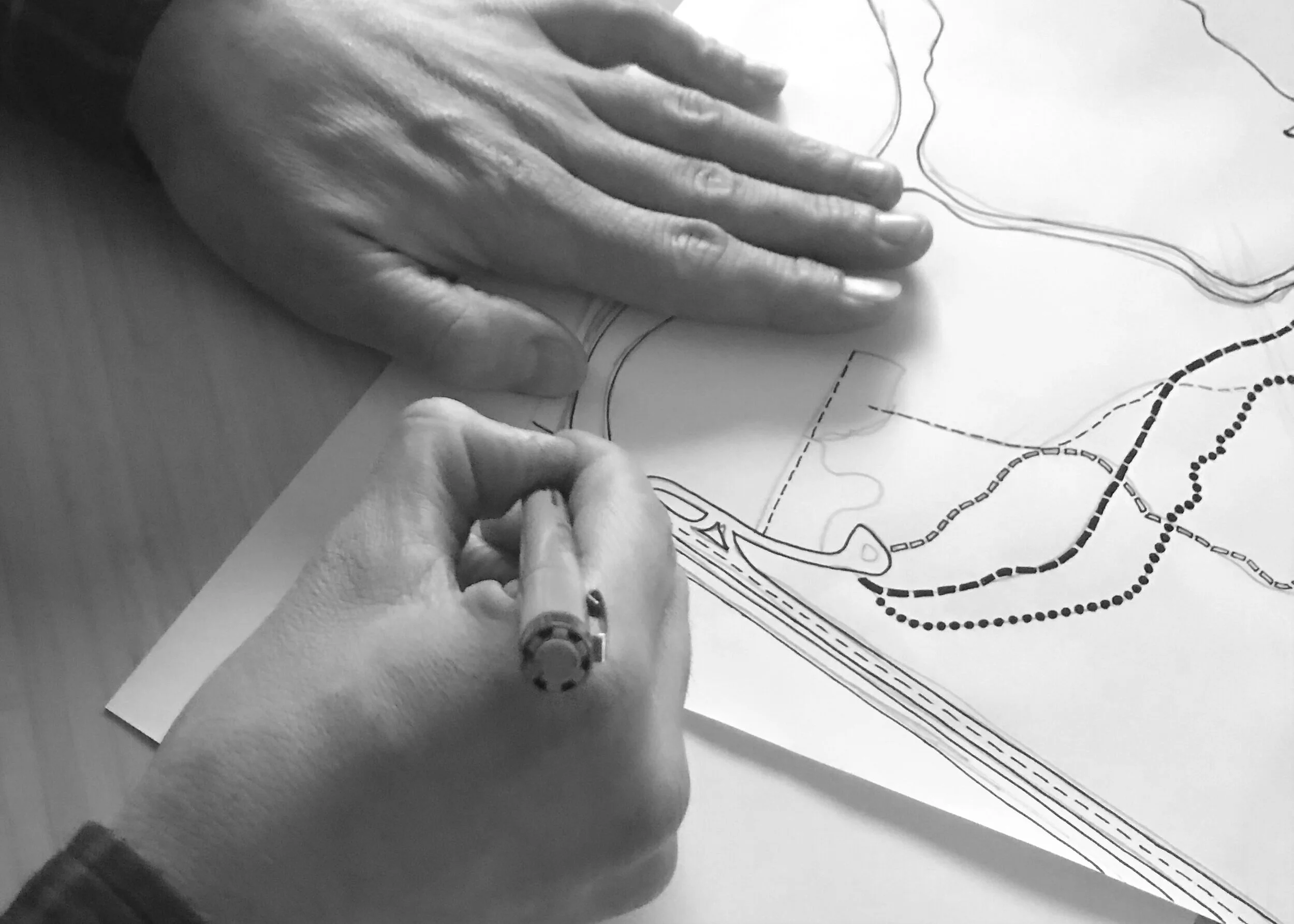The Learning Power of Maps
Written by: Mike Murawski
Growing up, maps were such a key part of making connections with the places I lived, visited, or even imagined.
When I was six years old, my family moved from St. Louis, Missouri, to the area of New Jersey just outside Philadelphia. As my parents frequently retold the story, they pulled out a map to show me and my brother where we were going to move, and I immediately put my finger on a small lake on the map where we would end up moving...thanks to my proclamation, “that’s where I want to live!”
By the time I was ten, I had plastered the walls of my room with the maps we got in each new issue of National Geographic Magazine. I collected fold-out maps of Germany (still East and West Germany at the time), the Himalayas, Antarctica, Egypt, and so many other places.
I remember going on cross-country drives with my family and checking the maps at rest areas to measure our progress, and also wondering about places where we wouldn’t be going, off the main highway.
I spent lots of time in my childhood drawing my own maps, too, often of imaginary places or invented worlds.
***************
It’s no wonder that my professional work has brought me back to this love of maps as an illustrator and educator of place-based learning -- and more specifically to the ways that maps can function as far more than a simple navigational tool. Whether I am designing a map on my own or teaching a map workshop with kids, I am thinking constantly about the ways that maps broaden perspectives and help us make meaningful connections to the larger world.
For example, in classroom workshops with students, I focus on how maps can be a way for kids to learn about and understand their own world. After looking closely at a variety of different types of maps, I invite them to draw maps of their own “special place” (maybe their neighborhood or a favorite park). Even just drawing a quick map like this invites us to tap into our memories, our experiences, and our senses. We think about the spaces between houses, streets, gardens, and trees, reliving our journeys through these familiar places.
After students have drawn a map of their “special place,” I often follow-up by asking them to think of one thing they would like to change about that place. Even if they just mention something small, it is a meaningful step toward recognizing that they play an active role in shaping the world around them. Creating maps helps us all build a relationship with the changing world we live in, and I think that means a lot, especially in this moment of constant change.
Sometimes through these workshops, I witness how maps become a way for us to reflect on our memories of a place and the emotional connections we form. During one workshop, I remember a fourth grader drawing a map of a favorite playground. When I asked him about one thing he would change about his “special place,” he said he wanted to remove the ‘Caution - Do Not Enter’ tape from around the playground (placed there as a safety measure during the pandemic) so he and his friends could play there again. In a workshop for teachers, one person shared how she had created a map of all the things she and her daughter noticed as they took their daily walks around the neighborhood, realizing how special those walks were to her. Through moments like these, maps can bring us together around empathy and shared experiences.
When I am designing and illustrating maps, I think about how it might help spark these types of connections for the person using the map. Before I even put pen to paper, I visit these places and experience them, thinking about how others might experience them. I ask myself questions like: What will this place feel like for them? How might this spark their own memories? In what ways can this map help them build a connection to this special place? For me, creating a map is about much more than precisely measuring distances or checking with satellite views on Google. It is all about the experience of being there.

